2019 Sydney Taylor Book Awards Blog Tour:
Vesper Stamper and What the Night Sings
 February 13th, 2019 by jules
February 13th, 2019 by jules
I’m happy to be a part this week of the 2019 Sydney Taylor Book Award blog tour. You can read more about the award, presented by the Association of Jewish Libraries (AJL), at the official Sydney Taylor site. The full blog tour schedule is posted here at the on the AJL blog, and I also list the schedule below at the bottom of this post.
It’s a pleasure to welcome artist and author Vesper Stamper here today to talk about What the Night Sings (Knopf, 2018), her debut illustrated novel and winner of the Sydney Taylor Book Award in the Teen Readers Category. It tells the moving story of 16-year-old Gerta, liberated from Bergen-Belsen concentration camp in 1945 and attempting to create a new life for herself. Gerta recalls her past, including her love of music (she is a singer and violist); memories of life before imprisonment when she was unaware she was Jewish until the Nazis take her and her father by force; her father’s death at Auschwitz; the suffering she endured in the camps; and more. Post-liberation, she struggles to understand her newfound Jewish identity, to revisit music in her life, to form relationships with others, and to journey to Palestine.
As noted, Vesper — who has also been trained in music — is both an illustrator and author. The Q&A here today includes some spreads from the book (including the one above), and I’ll close the post with some art from her portfolio, both picture book art and middle grade and YA illustrations. I thank Vesper for sharing today. (To see even more of her art, visit her site here and her Instagram page here.)
Jules: First of all, congrats on the Sydney Taylor Book Award! This book was also longlisted for the National Book Award (Young People’s Literature), and you were also a finalist for the William C. Morris Award (just to name a few awards). What does it mean to you to have this recognition for your debut book?
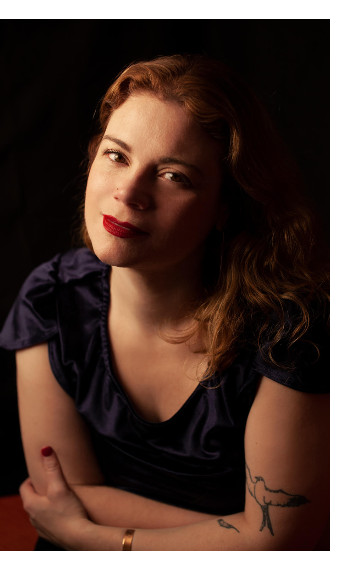 Vesper: I thought I understood how many books are out in the world, but only when I put What the Night Sings out into the world did I fully appreciate how many are released each year, and what an enormous amount of time, energy, and love that represents from so many authors. I’m completely humbled that my debut was received so warmly.
Vesper: I thought I understood how many books are out in the world, but only when I put What the Night Sings out into the world did I fully appreciate how many are released each year, and what an enormous amount of time, energy, and love that represents from so many authors. I’m completely humbled that my debut was received so warmly.
Jules: For those who haven’t read the book (and the closing acknowledgments), can you talk a bit about how this book came to be? It began as a graduate project at the School of Visual Arts, yes?
Vesper: Yes, I initially became interested in the subject after my hundredth re-watching of Fiddler on the Roof, which brought up some questions about my own experience growing up in a Jewish household. We had just been assigned a massive book project, and I thought I’d write a short story about what I was learning — just to supplement a body of illustrations. But the story quickly grew out of control, and I knew it was asking to be a novel. I still don’t know how I got it all done, but I think when you’re in school you’re operating in a sort of augmented reality that enables that kind of volume. At one point, I was writing and illustrating What the Night Sings at the same time as my graduate thesis, a picture book adaptation of the book of Job from the Bible. (I like to keep things light, ha ha!)
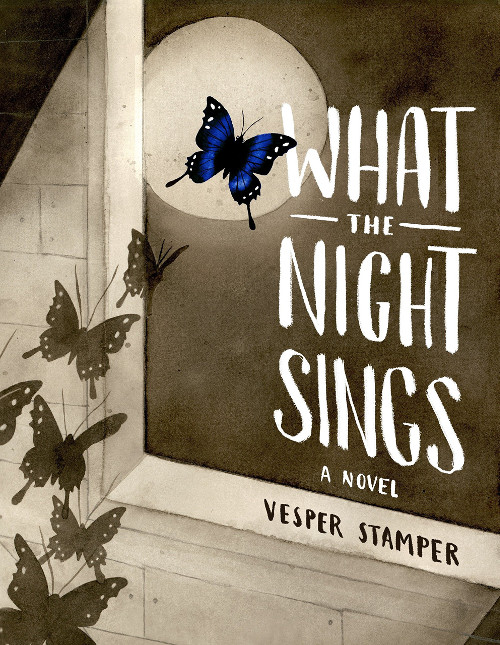
Jules: Can you talk about your choice to switch from rendering the art in this book via linoleum prints to an ink wash, as well as from color to black and white — and the reasons you made that switch?
Vesper: One of my professors, Carl Titolo, had us experimenting with rubber stamps, and I took the opportunity to rekindle my love for linocuts, something I did a ton of in college and my early career. I was looking at a lot of Käthe Kollwitz’s work, and it made sense. I was ready to do the whole book that way. But because of my injury (my working arm is partially paralyzed from a car accident), I had to abandon it for practical reasons. But I loved the black and white, because I was not only looking at a lot of archival material from the Holocaust but also watching a lot of Russian and Scandinavian slow cinema. So I switched to ink and handled it like watercolor, and I was ultimately far more pleased with how it reflected the feeling of those archival photos and films — but enabled me to be lyrical and metaphorical with the imagery.
Jules: In what ways, if any, do you think your experience as a musician and love of music informs your writing?
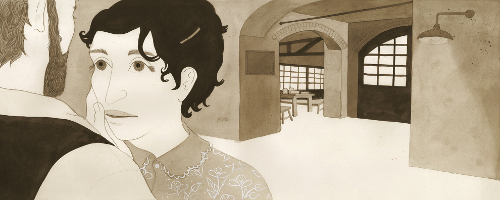
(Click to enlarge spread)
Vesper: Throughout my career, I’ve been multidisciplinary; I never felt like I needed to make a choice, because I didn’t feel like I could say everything I needed to through my painting or my music exclusively. It was only my car accident that ended my music career. It’s been six years; when I was working on What the Night Sings, I really had to mourn the loss of the ability to fully express myself musically the way I was able to before. But I think I learned that some of that industry was unhealthy for me, and I realized, like Gerta, that my relationship to music had to change. Now, when I sing, it’s not about achievement but about more sensitivity to my soul. I was able to draw on that painful journey for Gerta.
Jules: You mention this briefly at the close of the book, but can you talk some about what you call not entering too fully into Gerta’s life as you wrote this moving story with its fair share of horrors (and what the Kirkus review called “evil that is impossibly difficult to comprehend”) — in order, that is, to keep yourself sane and protect your emotional well-being? Can you talk about finding that balance as an author?

It’s tiny and spare, but it’s ours. …”
(Click to enlarge spread)
Vesper: Thank you for asking this. Well, first of all, I want to be clear that in no way can I claim to understand the suffering of those killed in the Holocaust or those who survived and had to live with that level of trauma. But I’m a trauma survivor in several other areas, and somehow I came out of that a whole person. So, I knew I could go to very dark places and be okay. I was talking with a friend of mine who’s an actor and director about how to access Gerta’s inner state, and she was the one who counseled me not to give myself completely to that. She wisely pointed to the many artists who do that, at the expense of their mental health. So when I felt myself getting in too deep, I tried to pull back and take a break.
One very important thing I realized was that, over the years of being incredibly devoted to my career, I had isolated myself by diving in to my work at the expense of my friendships. I have to confess that the week I announced my book deal was the single loneliest time of my life. There were 150 Facebook likes, but not one phone call, no text, no email, no friends to take me out for a celebratory drink. It was crickets. And it was no one’s fault but my own. Even though I’m an extrovert, I had neglected my relationships — and I was alone.
I knew that I could not continue to do work on the Holocaust — or anything else — without emotional support, and I couldn’t put that exclusively on my husband or kids. So, I reached out to about four people whom I knew I didn’t have to explain myself to and purposely asked them to walk with me, check on me, and help me re-build my relationships with them. They all stepped up to the plate, and one — my friend Noelle Rhodes — even came with me to the concentration camps.
Being an artist has its work hazards, and mental/emotional health is a major one to watch. I share this lesson about work obsession and relationships, because I know I’m not the only one. I hope it will help others to reach out for help.
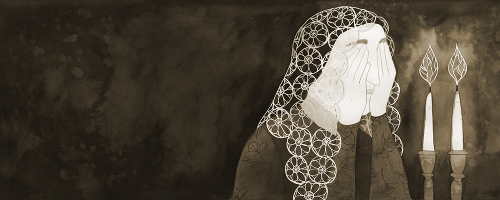
this mysterious presence, like a stranger you keep spotting in unconnected times and places. A delicious breeze blows in from the open door and ruffles
the lace covering my head. Ask for the desire of your heart.”
(Click to enlarge spread)
Jules: Was it hard for you to leave Gerta when the story was done?
Vesper: I haven’t left Gerta, and she certainly hasn’t left me. Every time I meet or read about a survivor born in 1929, I see her. Part of me is convinced I’m going to meet her someday or see her walking down the street.
Jules: What’s next for you?
Vesper: Right now I’m finishing up a new novel, also illustrated YA historical fiction. It’s about the Great Plague of 1348, which wiped out around half of Europe. Like I said, I like to keep it light! But it’s similarly about how people find hope and love, even in the most challenging circumstances. I’m concepting for a third novel, as well a picture book I’m working on with two friends who have an incredible story about their connection to the terrible legacy of slavery.
I’m also doing a dream project — illustrating Jasmine Stirling’s picture book biography of Jane Austen, called A Most Clever Girl: How Jane Austen Found Her Writing Voice (Bloomsbury, 2021). I mean, really? Pinch me!
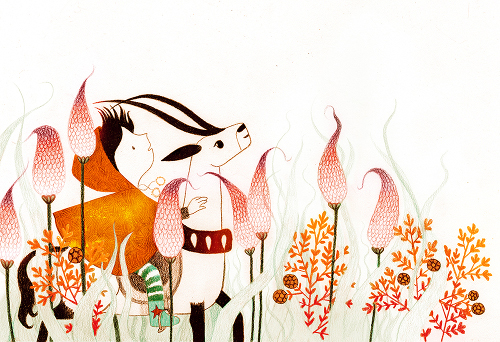
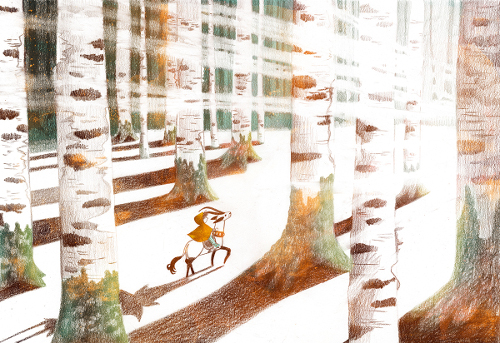

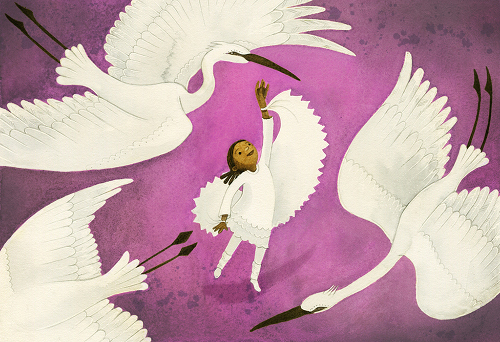
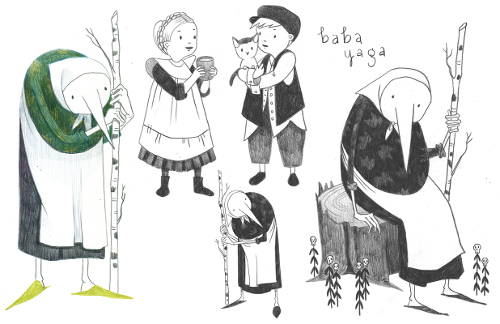

Middle Grade & Young Adult Art:
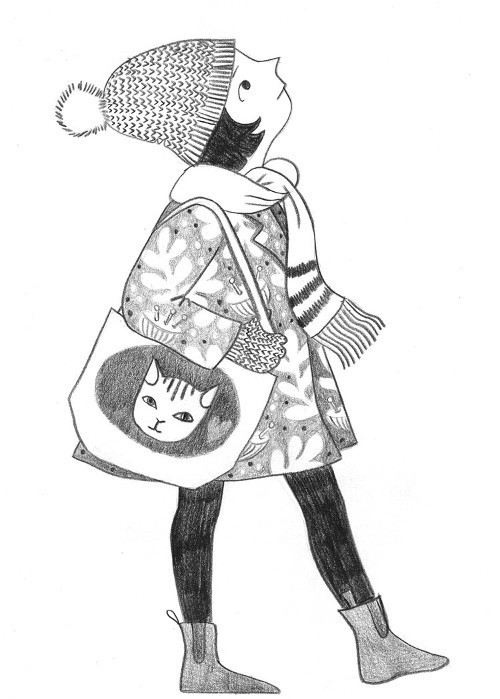
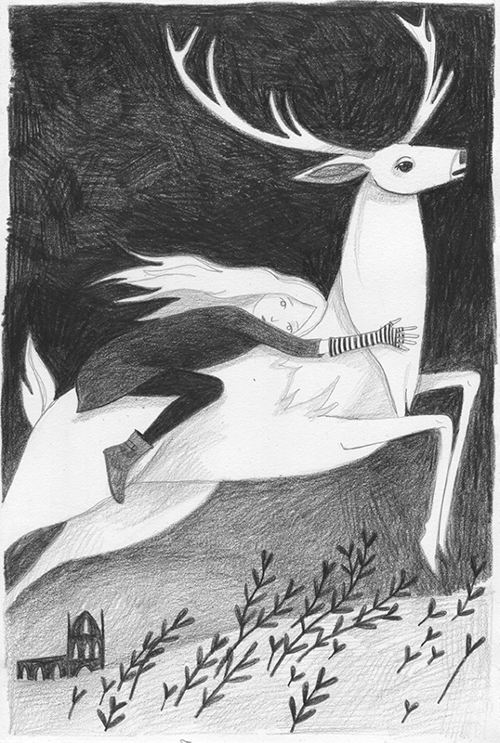
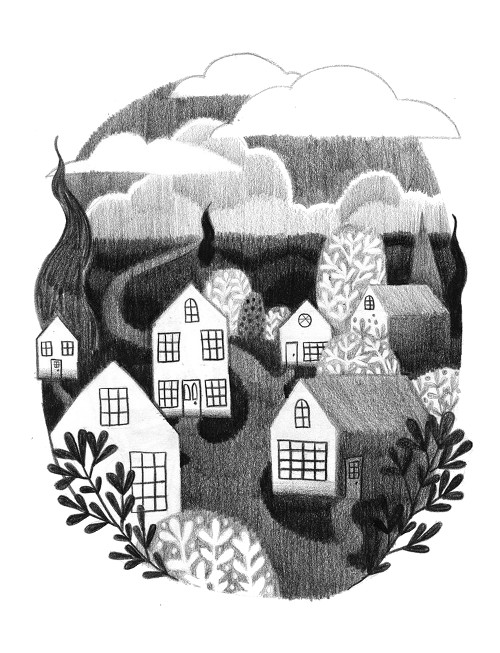
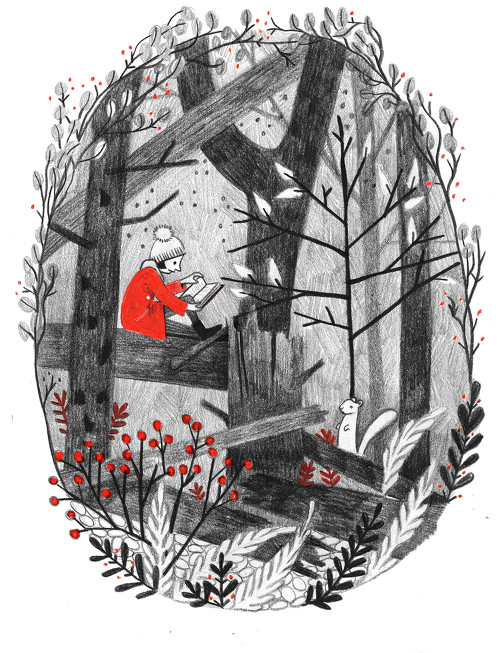


WHAT THE NIGHT SINGS. Copyright © 2018 by Vesper Stamper. Published by Alfred A. Knopf, New York. Illustrations reproduced by permission of Vesper Stamper.
All other illustrations reproduced by permission of Vesper Stamper.
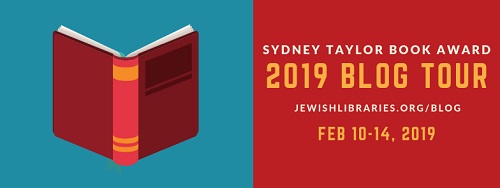
Below is the schedule for the blog tour.
Sunday, February 10, 2019:
- Emily Jenkins and Paul Zelinsky, author and illustrator of All-of-a-Kind Family Hanukkah (Sydney Taylor Book Award in the Younger Readers Category) at Out of the Box at the Horn Book
- Barb Rosenstock and Mary GrandPré, author and illustrator of Through the Window: Views of Marc Chagall’s Life (Sydney Taylor Honor Book in the Younger Readers Category) at A Fuse #8 Production at School Library Journal
Monday, February 11, 2019:
- Jonathan Auxier, author of Sweep: The Story of a Girl and Her Monster (Sydney Taylor Book Award in the Older Readers Category) at The Prosen People at The Jewish Book Council
- Jane Breskin Zalben and Mehrdokht Amini, author and illustrator of A Moon for Moe and Mo (Sydney Taylor Honor Book in the Younger Readers Category) at 100 Scope Notes at School Library Journal
Tuesday, February 12, 2019:
- Rachel Lynn Solomon, author of You’ll Miss Me When I’m Gone (Sydney Taylor Honor Book in the Teen Readers Category) at Good Reads with Ronna
- Elissa Brent Weissman, author of The Length of a String (Sydney Taylor Honor Book in the Older Readers Category) at Mr. Schu Reads
- Susan Kusel and Rebecca Levitan, leadership of the Sydney Taylor Book Award Committee at The Children’s Book Podcast
- The Sydney Taylor Book Awards at ALA’s Youth Media Awards at the Association for Library Services to Children (ALSC) Blog
Wednesday, February 13, 2019:
- Erica Perl, author of All Three Stooges (Sydney Taylor Honor Book in the Older Readers Category) at From the Mixed Up Files of Middle Grade Authors
Thursday, February 14, 2019:
- Blog Tour Wrap-Up at at The Whole Megillah
- Reflections on the 2019 Sydney Taylor Book Awards at ALA at Susan Kusel’s blog
- 10th Anniversary of the Sydney Taylor Book Award Blog Tour at at The Book of Life
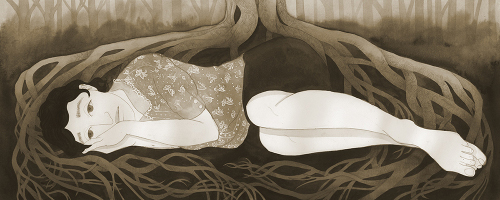

Wonderful interview! Thanks to Vesper for sharing these thoughts and to Jules for being part of the Sydney Taylor Blog Tour!
This book seems so haunting and beautiful — tragic and lovely all at once. I’m excited at the depth that picture books bring to the table – once again, a perfect medium for so many discussions. The stamping type of illustration really, really worked – gorgeous.
I love the camel in the picture book section. They’re so ridiculous anyway, and then to see how the illustrator drew it looking out from the page made me smile.